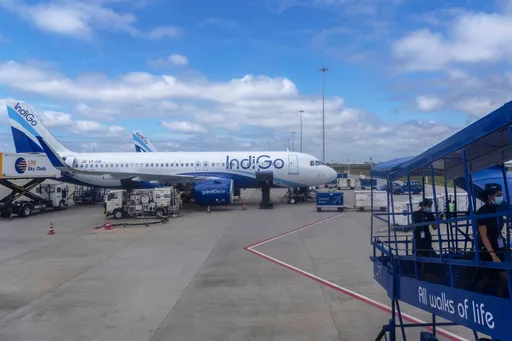Cocoa prices have nearly doubled in three months to record highs, influenced by the decline in global supply.
Prices hit a historic high as weather conditions in West Africa put chocolate producers in a difficult position, with the price per tonne for May-dated cocoa traded on the New York Mercantile Exchange reaching an all-time high of more than $9,600.
Cocoa supply is estimated to fall 8% in the 2023-2024 season compared to the previous 12 months, with the main reason for the losses cited as problems in Côte d'Ivoire and Ghana, according to data analytics and consulting firm, GlobalData.
Prices continued to reach new peaks as major cocoa mills in Côte d'Ivoire and Ghana decided to cut or halt production as they could not cover seed costs.
Heat and drought
A significantly lower cocoa harvest is expected in Côte d'Ivoire.
Côte d'Ivoire accounts for 45% of the global cocoa supply, however, harvests in other cocoa-producing countries, such as Nigeria and Ghana, are also well below expectations.
The intermediate harvest, which starts in April, is also expected to be lower than last year due to heat and drought affecting the development of cocoa beans.
Cocoa bean prices hit all-time highs on Monday on the New York and London cocoa futures markets, as limited supplies and skyrocketing prices caused uncertainty.
Plant diseases
Prices rose more than 150% in New York in the last three months, and since March 2023, have climbed 255%.
Cocoa hiked more than 61% last year and became the highest rising raw material, right after uranium, and surpassing copper, which was at $9,000 per tonne in 2024.
Unfavourable weather conditions, such as prolonged drought and heavy rain, are cited as the main cause of cocoa supply problems, while plant diseases also affect the crop.
In particular, the cocoa swollen shoot virus disease (CSSVD), which causes the death of cocoa trees, was among the leading factors negatively affecting cocoa production.
Chocolate prices
Trees affected by the virus have to be cut down, while newly planted trees take three to five years to bear cocoa, therefore, supply in the next two to three years is likely to be lower than the average for the last 15-20 years, leading to above-average prices for cocoa beans.
The market condition is called "backwardation", which is when spot prices trade at higher levels than futures, and it indicates a supply shortage.
Chocolate prices are expected to rise sharply around the world following the news from Côte d'Ivoire and Ghana, which make up 60% of global cocoa production.
Costs to be passed on to consumers
Surging cocoa prices signal a challenging period for consumers, as chocolate producers are passing on higher cocoa prices to consumers through price increases or reducing package sizes.
The decline in cocoa harvest due to weather conditions pushed chocolate producers to raise prices, and it is estimated that chocolate prices may increase more sharply with the continuation of the production cut.
➤ Click here to follow our WhatsApp channel for more stories.




























